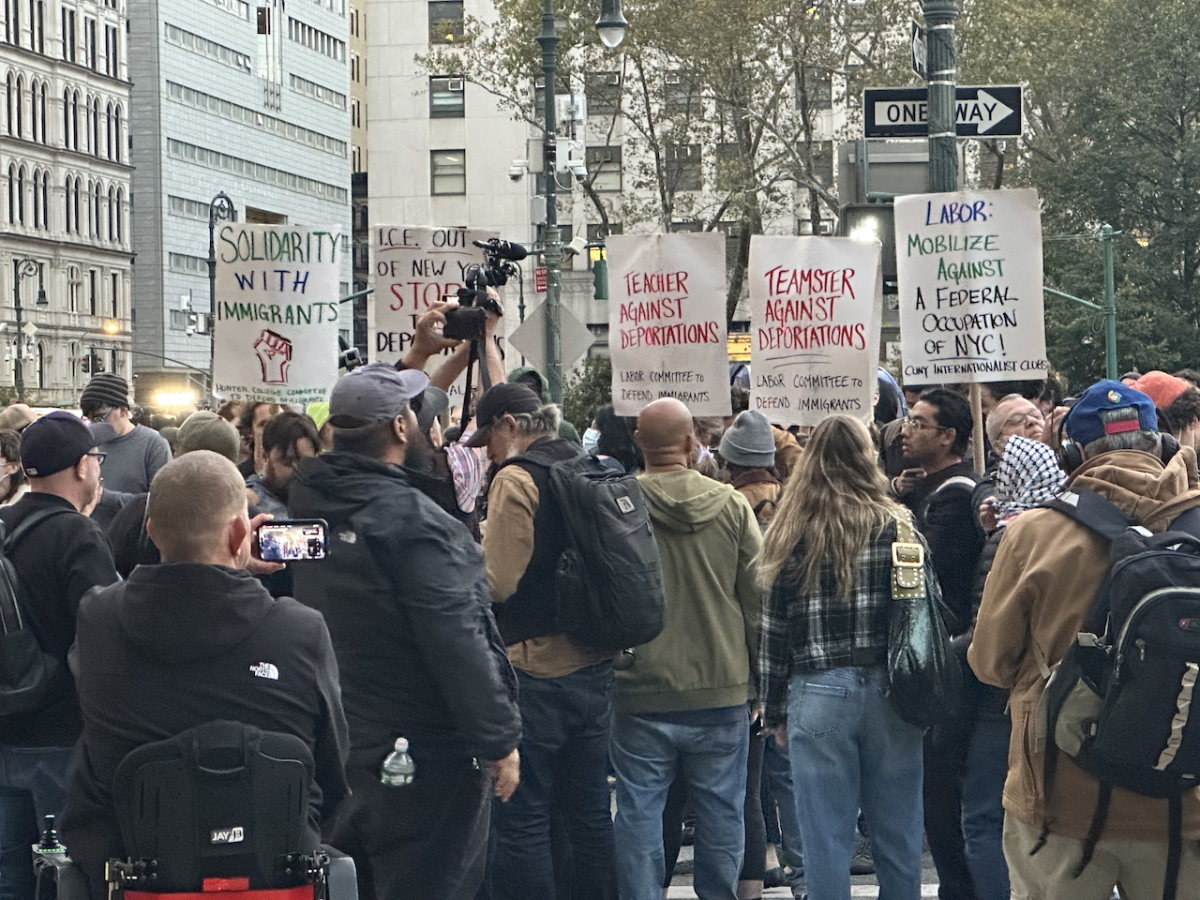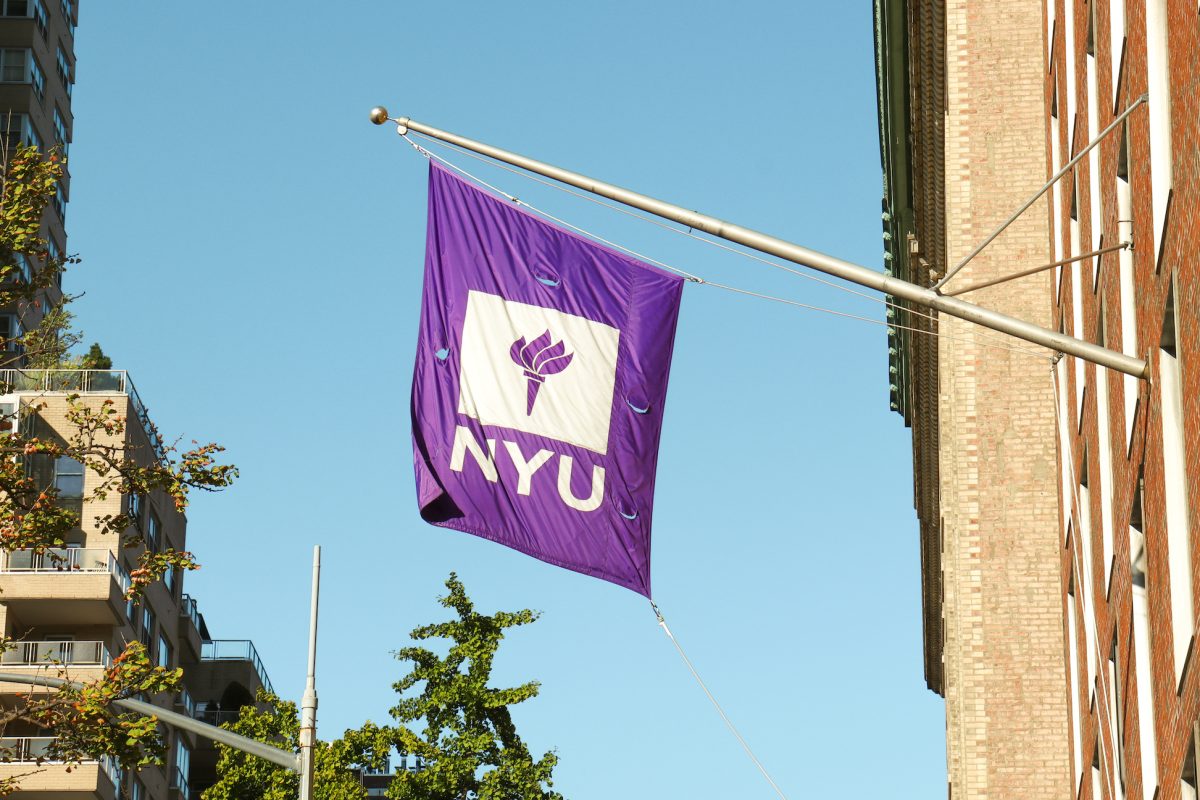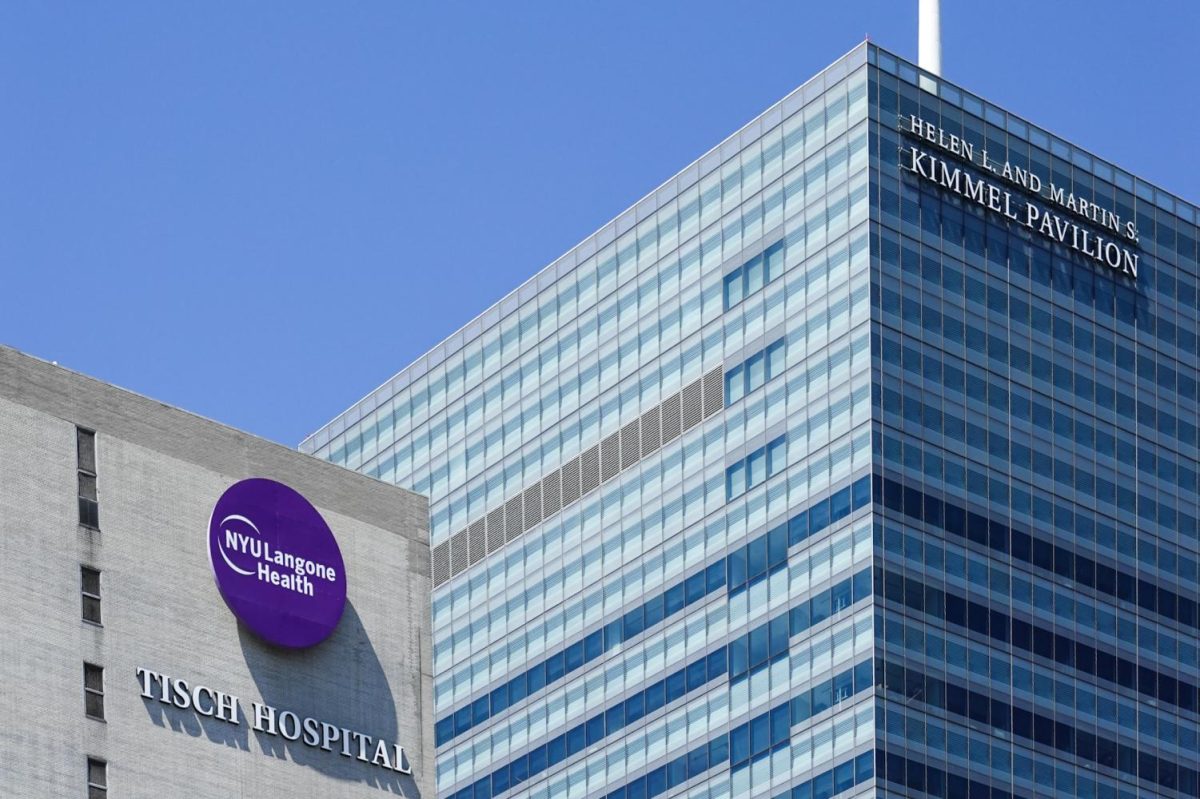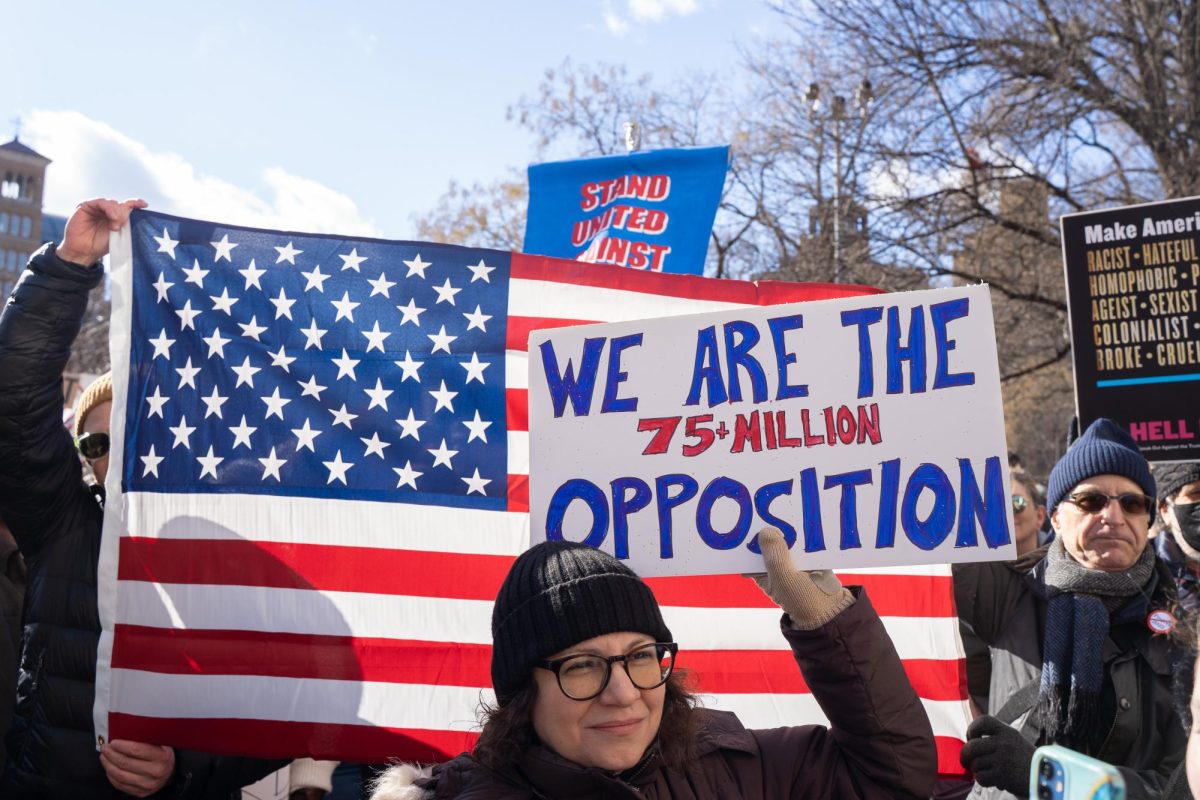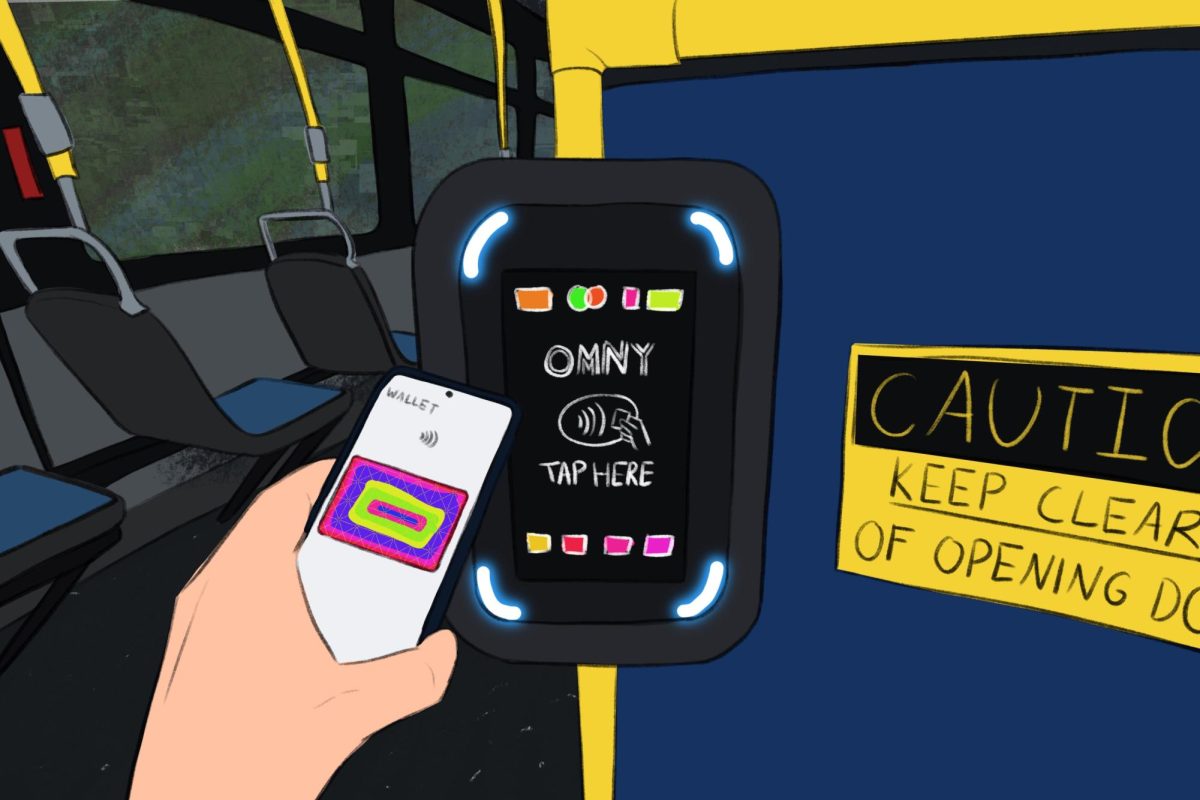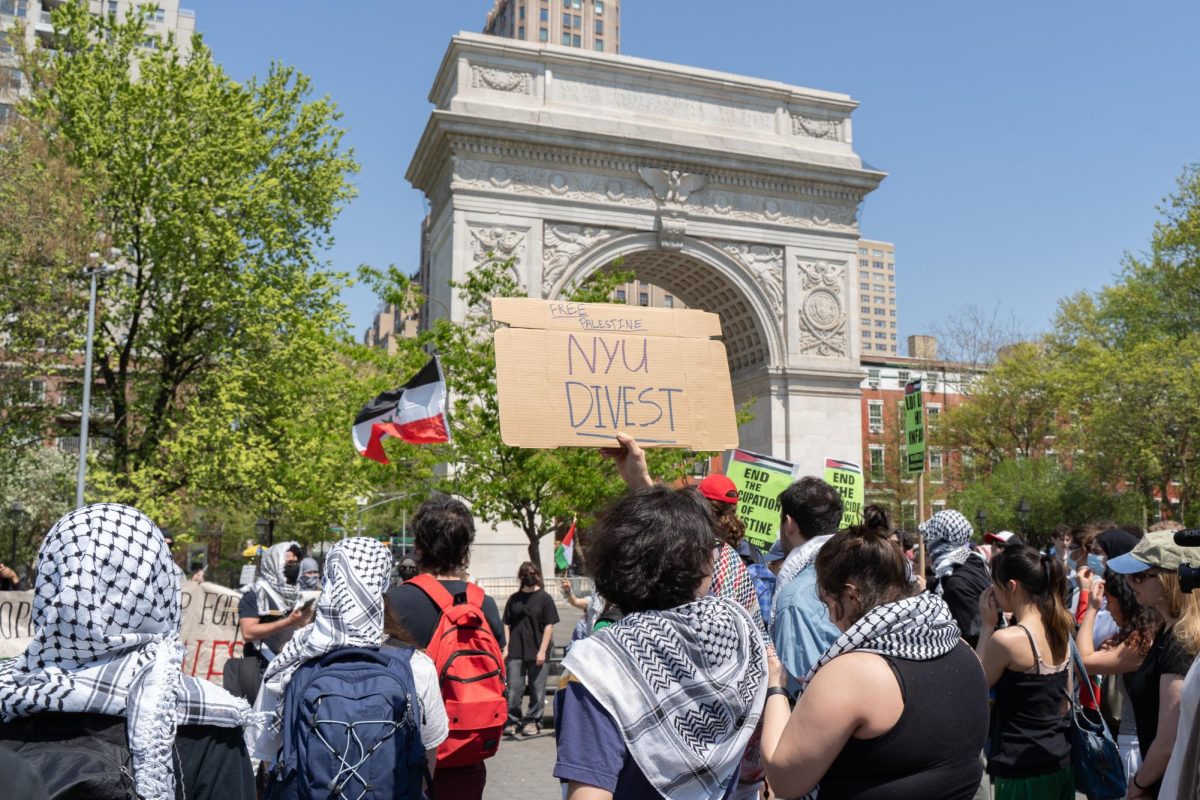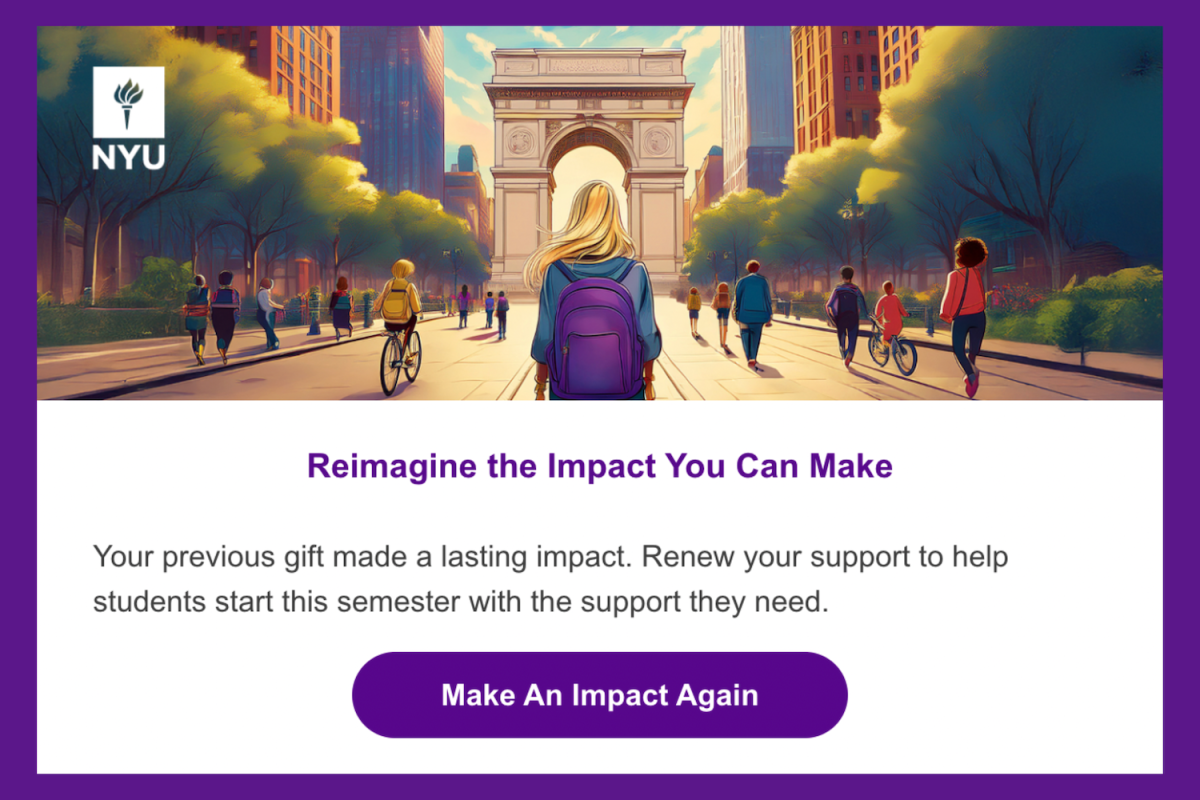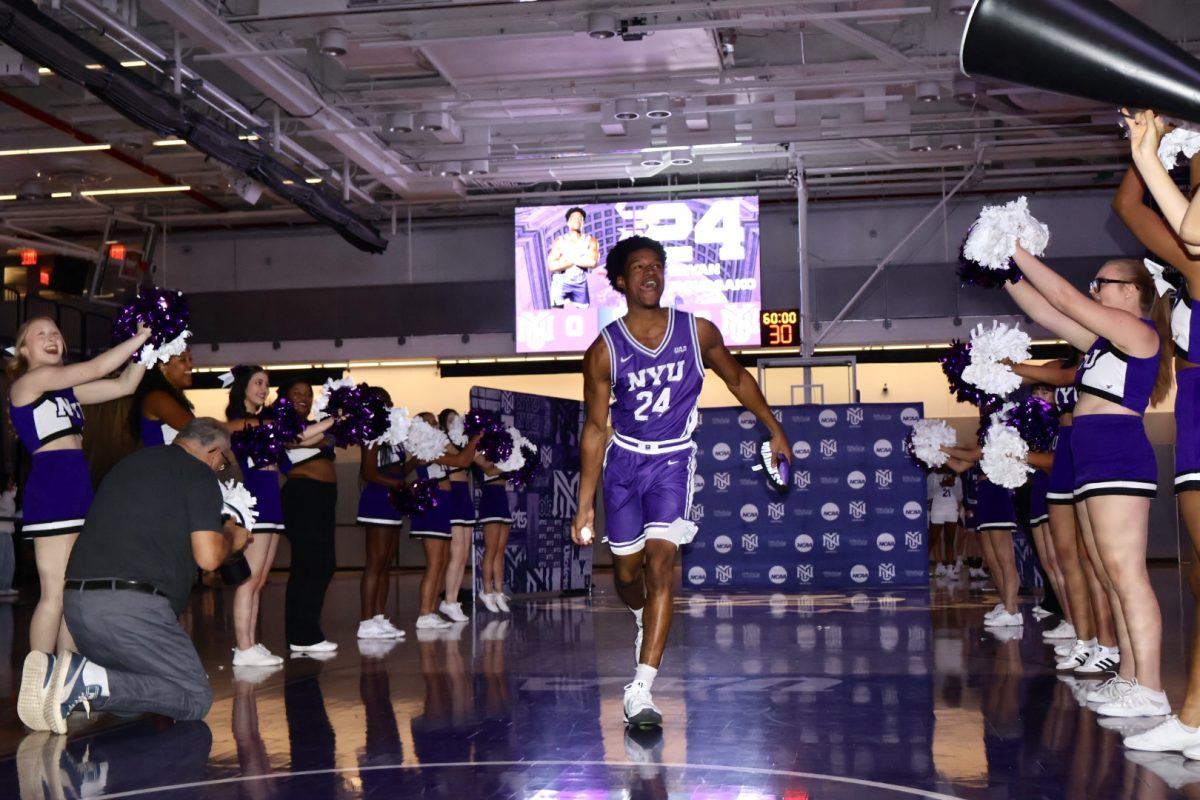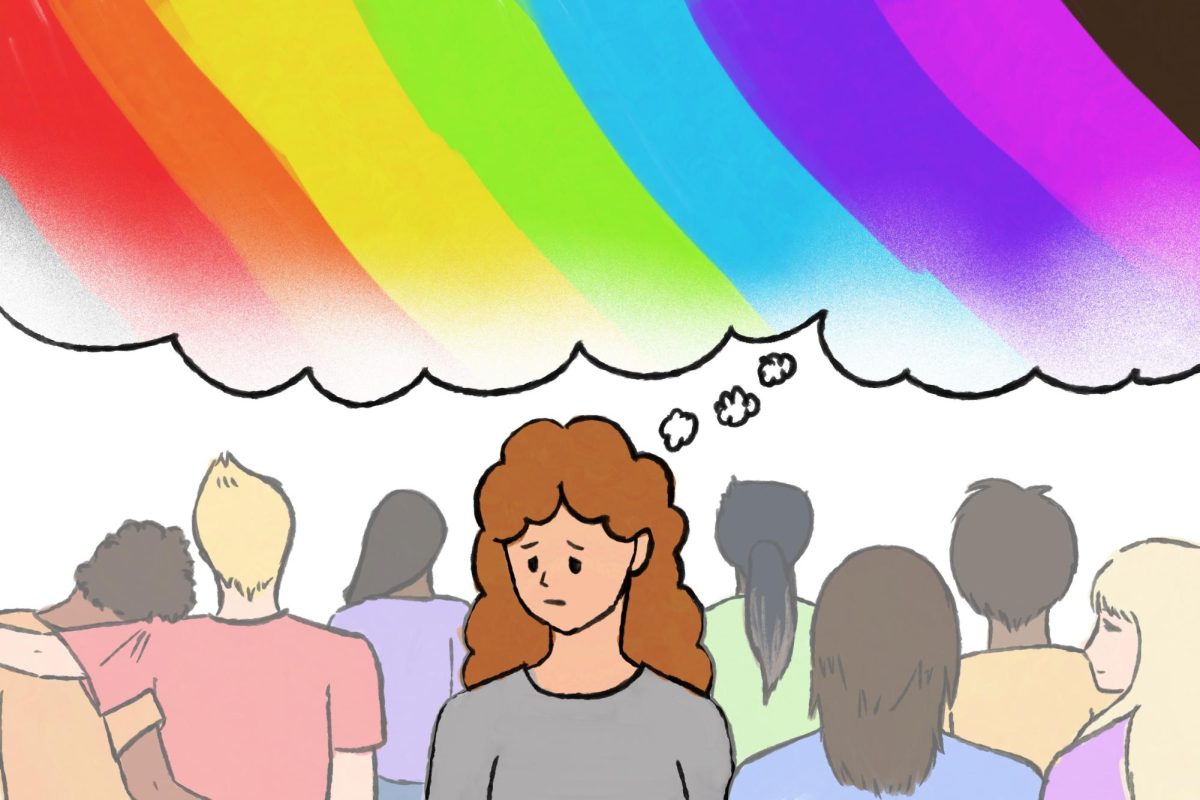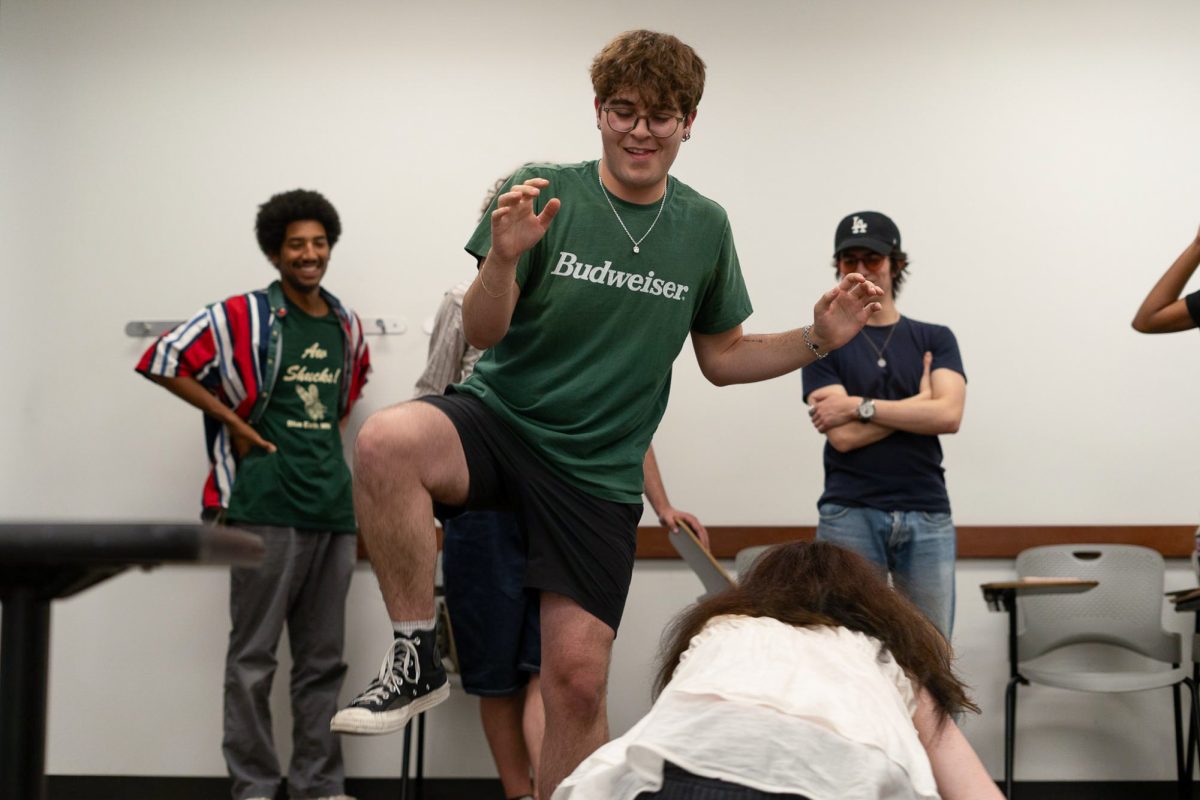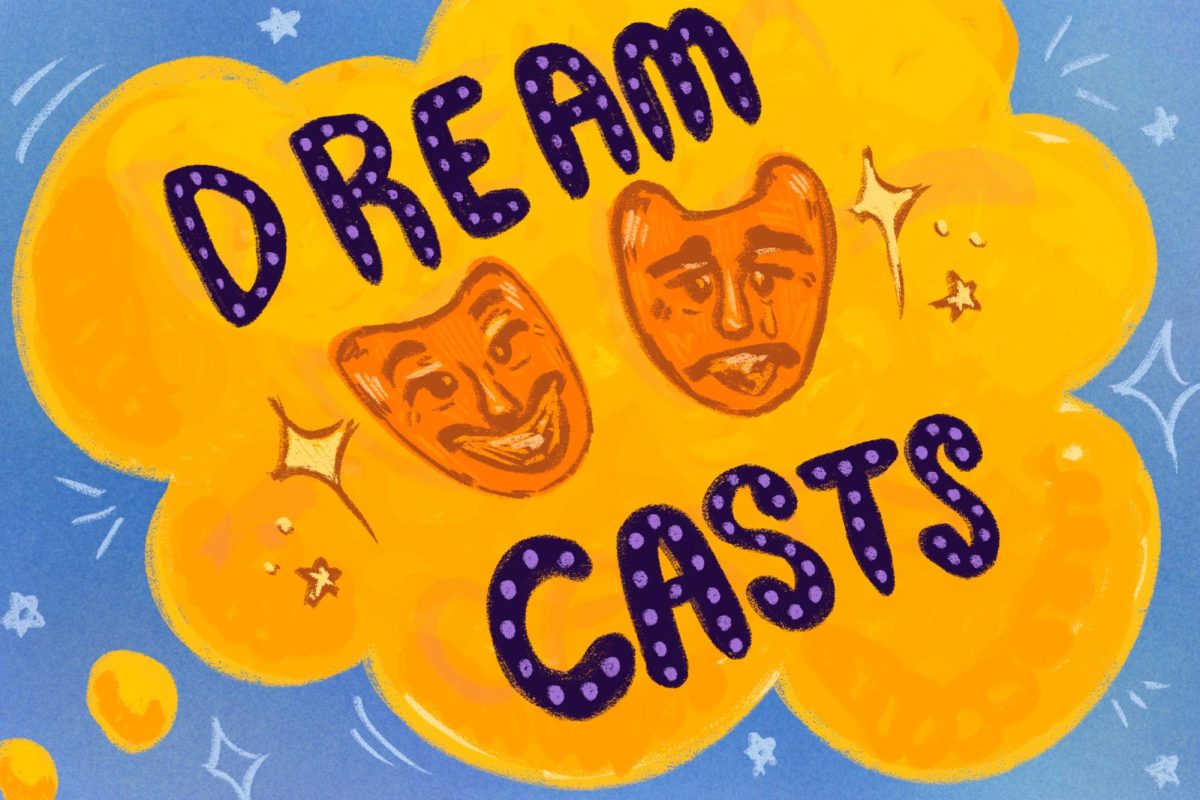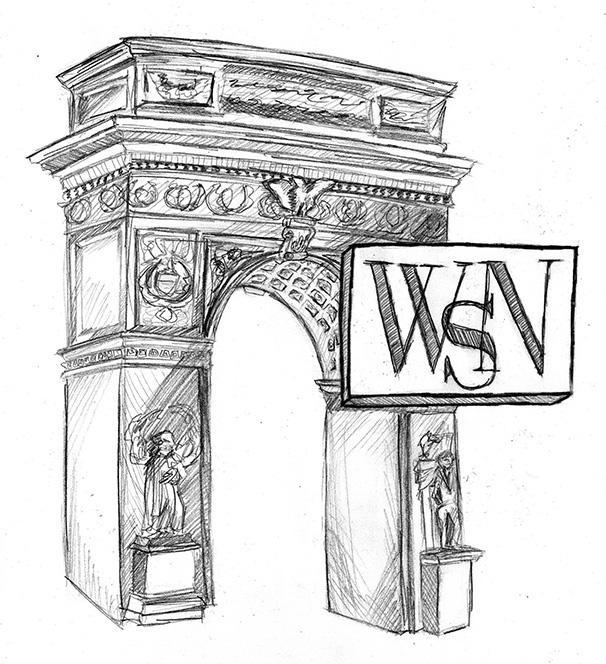Early Decision Favors Affluent Students
April 9, 2018
As NYU Admissions has broadcasted all over its social media, NYU’s acceptance rate has dropped to a record low of 19 percent for the class of 2022. Much of this has to do with the fact that over 75,000 students applied. Although this represents a 12 percent increase in total applicants, people who chose to apply Early Decision I and Early Decision II increased by 26 and 22 percent, respectively. Not only are more students applying early decision, more are getting in.
Last year, the overall acceptance rate was 28 percent, while NYU admitted Early Decision applicants at a rate of 38 percent. With fewer spots to compete for and less perceived demonstrated interest, regular decision applicants are at a disadvantage. So why doesn’t everyone apply Early Decision? Perhaps interest in the school is a factor, or perhaps some students cannot be bound to a school that costs almost $70,000 a year. Students who have to wait and weigh financial aid packages cannot apply Early Decision and are inherently disadvantaged when applying to NYU.
Applying Early Decision may be a viable strategy to improve admissions odds for students who can afford to foot NYU’s hefty bill, but for less affluent students, Early Decision is just another barrier in a college admissions process that favors the upper and middle classes. Early Decision prevents students from comparing financial aid packages from different universities and rewards students who can afford to apply with increased admissions odds. NYU prides itself in admitting students of diverse racial and ethnic backgrounds, but by favoring Early Decision candidates, shuts out the possibility of increased socioeconomic diversity.
NYU should abandon its Early Decision application option and instead provide a non-binding Early Action option. Schools like Stanford University, Princeton University and the Massachusetts Institute of Technology offer a Restrictive Early Action application option, which allows students to demonstrate their interest without the financial obligation. NYU should implement a similar application procedure to ensure that any student who wants to attend is given a fair opportunity and money doesn’t act as a barrier to apply.
It is important to note that NYU does enroll a high percentage of low- and middle-income students compared to other elite schools. NYU’s mobility index also ranks eighth among elite colleges. Yet 62 percent of its students come from the top 20 percent, so even if NYU enrolls more low- and middle-income students than schools like Princeton, there is still a lot of work to be done. Its high mobility rate is a good sign, but only serves as a reason for enrolling more students from lower incomes to provide them with the opportunity to achieve greater success. Eliminating Early Decision is one way to do that.
While NYU makes a greater effort than some universities to accommodate low- and middle-income students, the application process is flawed and favors the wealthy. While Early Decision may help NYU drive down the acceptance rate and boost enrollment of students paying in full but the consequence is a lack of economic diversity.
A version of this article appeared in the Monday, April 9 print edition. Email the WSN Editorial Board at [email protected].

